Suzanne Sadedin
A social path to human-like artificial intelligence
May 22, 2024Abstract:Traditionally, cognitive and computer scientists have viewed intelligence solipsistically, as a property of unitary agents devoid of social context. Given the success of contemporary learning algorithms, we argue that the bottleneck in artificial intelligence (AI) progress is shifting from data assimilation to novel data generation. We bring together evidence showing that natural intelligence emerges at multiple scales in networks of interacting agents via collective living, social relationships and major evolutionary transitions, which contribute to novel data generation through mechanisms such as population pressures, arms races, Machiavellian selection, social learning and cumulative culture. Many breakthroughs in AI exploit some of these processes, from multi-agent structures enabling algorithms to master complex games like Capture-The-Flag and StarCraft II, to strategic communication in Diplomacy and the shaping of AI data streams by other AIs. Moving beyond a solipsistic view of agency to integrate these mechanisms suggests a path to human-like compounding innovation through ongoing novel data generation.
Statistical discrimination in learning agents
Oct 21, 2021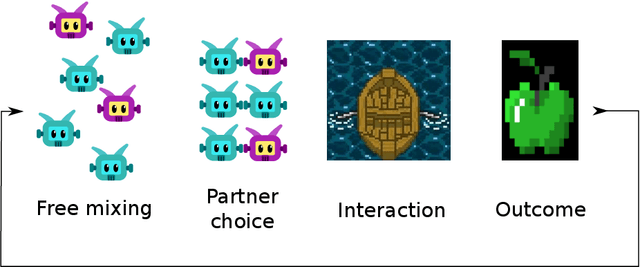

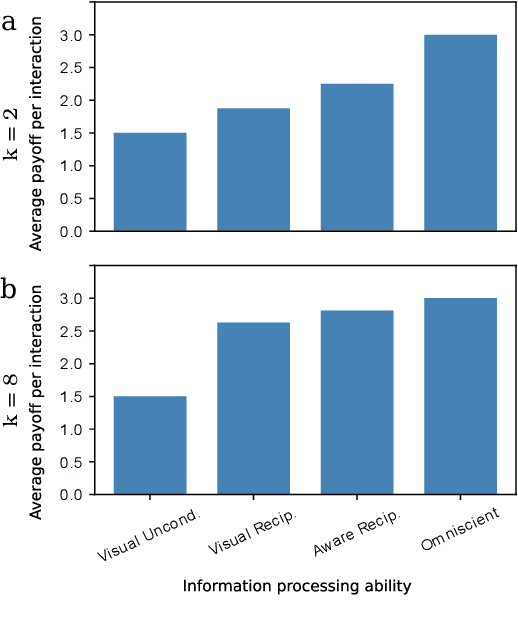
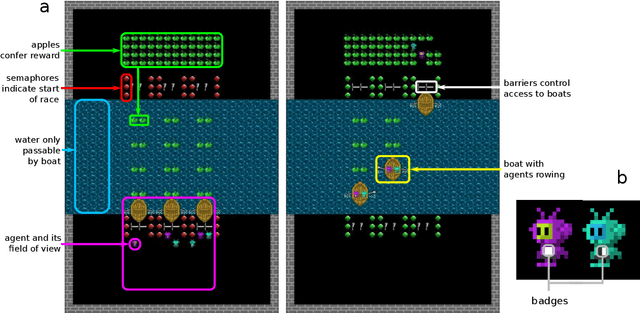
Abstract:Undesired bias afflicts both human and algorithmic decision making, and may be especially prevalent when information processing trade-offs incentivize the use of heuristics. One primary example is \textit{statistical discrimination} -- selecting social partners based not on their underlying attributes, but on readily perceptible characteristics that covary with their suitability for the task at hand. We present a theoretical model to examine how information processing influences statistical discrimination and test its predictions using multi-agent reinforcement learning with various agent architectures in a partner choice-based social dilemma. As predicted, statistical discrimination emerges in agent policies as a function of both the bias in the training population and of agent architecture. All agents showed substantial statistical discrimination, defaulting to using the readily available correlates instead of the outcome relevant features. We show that less discrimination emerges with agents that use recurrent neural networks, and when their training environment has less bias. However, all agent algorithms we tried still exhibited substantial bias after learning in biased training populations.
Digital Ecosystems: Ecosystem-Oriented Architectures
Dec 01, 2011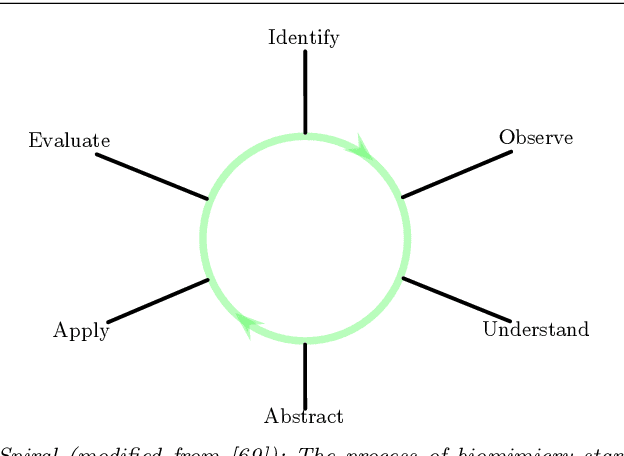
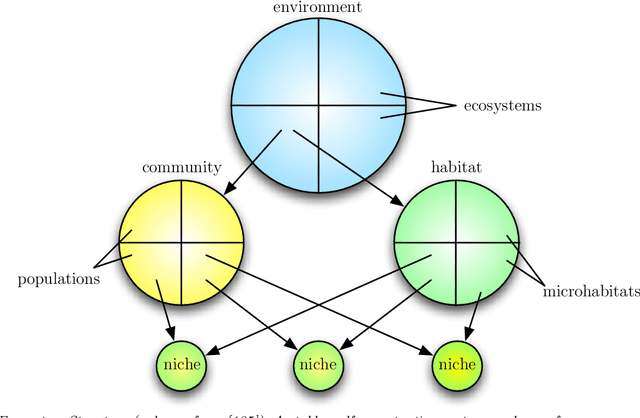
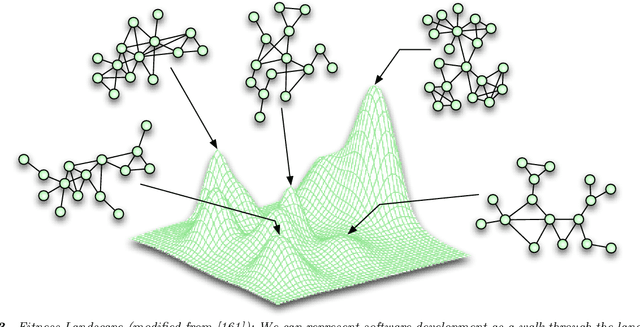
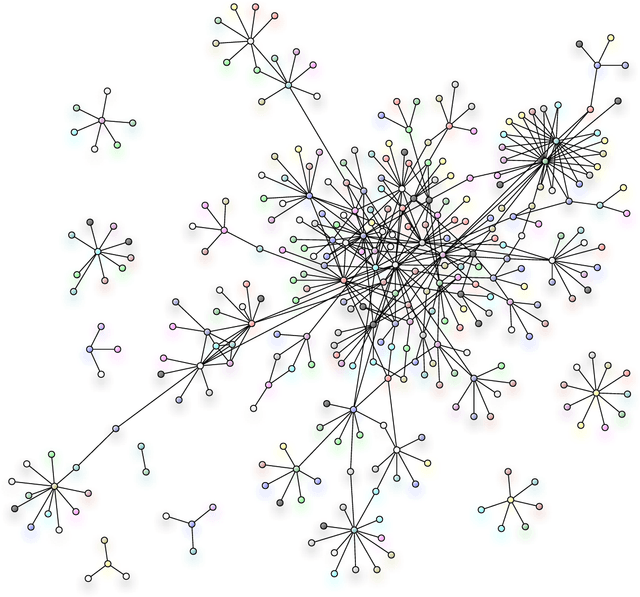
Abstract:We view Digital Ecosystems to be the digital counterparts of biological ecosystems. Here, we are concerned with the creation of these Digital Ecosystems, exploiting the self-organising properties of biological ecosystems to evolve high-level software applications. Therefore, we created the Digital Ecosystem, a novel optimisation technique inspired by biological ecosystems, where the optimisation works at two levels: a first optimisation, migration of agents which are distributed in a decentralised peer-to-peer network, operating continuously in time; this process feeds a second optimisation based on evolutionary computing that operates locally on single peers and is aimed at finding solutions to satisfy locally relevant constraints. The Digital Ecosystem was then measured experimentally through simulations, with measures originating from theoretical ecology, evaluating its likeness to biological ecosystems. This included its responsiveness to requests for applications from the user base, as a measure of the ecological succession (ecosystem maturity). Overall, we have advanced the understanding of Digital Ecosystems, creating Ecosystem-Oriented Architectures where the word ecosystem is more than just a metaphor.
Digital Business Ecosystems: Natural Science Paradigms
Oct 04, 2009Abstract:A primary motivation for research in Digital Ecosystems is the desire to exploit the self-organising properties of natural ecosystems. Ecosystems arc thought to be robust, scalable architectures that can automatically solve complex, dynamic problems. However, the biological processes that contribute to these properties have not been made explicit in Digital Ecosystem research. Here, we introduce how biological properties contribute to the self-organising features of natural ecosystems. These properties include populations of evolving agents, a complex dynamic environment, and spatial distributions which generate local interactions. The potential for exploiting these properties in artificial systems is then considered.
 Add to Chrome
Add to Chrome Add to Firefox
Add to Firefox Add to Edge
Add to Edge